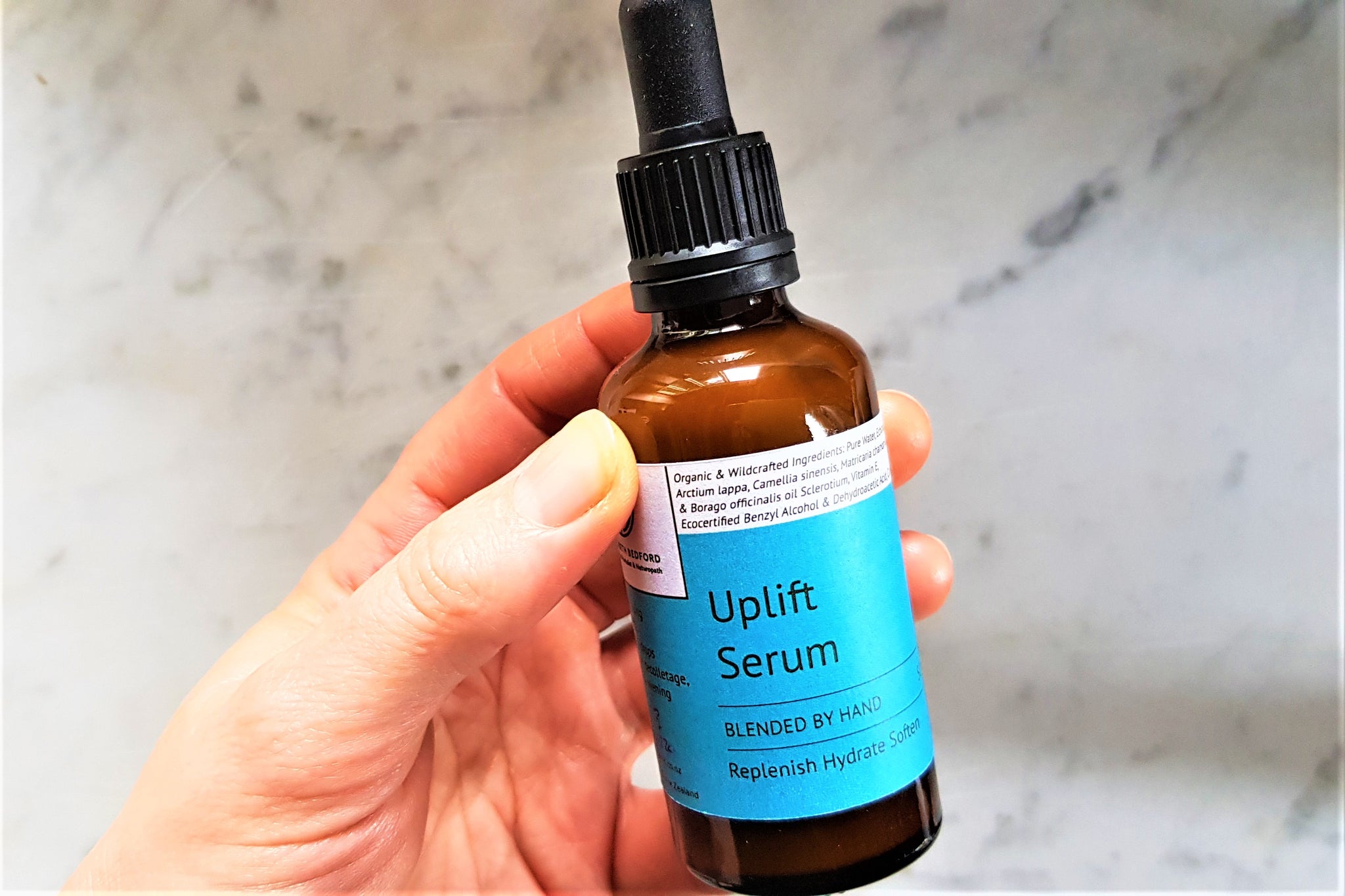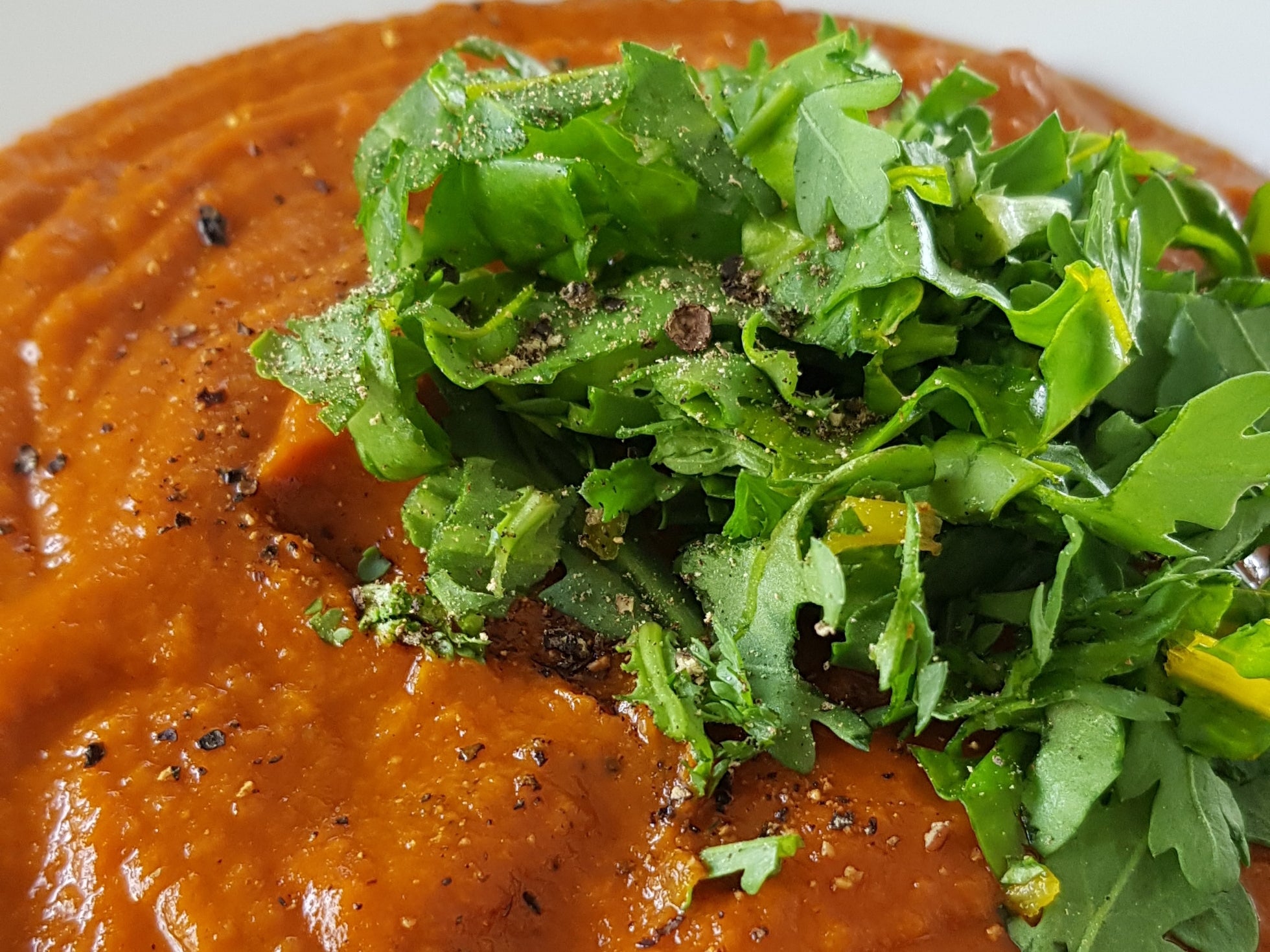
Lets look at some garden weeds to help with wellness and healthy ageing – because healthy ageing is about overall support.
What's Folk medicine?
It’s about what people can do in their own kitchens to manage their wellness. It's still the most used form of healthcare: 80% of the world’s countries incorporate traditional herbal medicine into primary healthcare according to the WHO
Why garden weeds?
Foraging isn’t the safest thing in Auckland, or in fact, in much of NZ – pesticides, herbicides, contaminants and dogs. Weeds are plants that grow really well in marginal areas – even plant pots. They're often stronger, healthier and more potent than cultivated plants.
Please note - images used in this piece should NOT be used for full identification - always ask an expert before eating plants!
What do weedy herbs have to do with Healthy ageing?
Many herbs have comparatively high levels of vitamins and minerals, which support health in general. Most herbs also contain antioxidants. These are substances which protect us from oxidation – which is happening all the time in our bodies and the world around us. Oxidation is demonstrated when food goes brown, or oil gets rancid, and occurs all the time at a biochemical level. It produces free radicals, which can damage cells. and antioxidants mop these up; without getting too technical they donate electrons to stabilise things.
Antioxidants then, help fight disease, help promote good health, and reduce the effects of ageing.
This is why we should eat a rainbow each day – because many antioxidants are coloured, and a range of colours gives us a range of antioxidants, from lycopene in tomatoes to anthocyanins in blueberries or betaine in beetroot.
Oil infusions
Plants infused in oils can be used for the skin, as well as for salads and such. This gives us an extra dose of antioxidants, nutrients and other phytochemicals in salads, breads, stir-fries, and even things such as mince patties and fish.
The simplest oil of all: cayenne or black pepper. Why would you though? Well, they're stimulating and warming, bringing circulation to sluggish digestion, or stiff muscles.
How to infuse a garden weed?
a/ Find a small jar – you don’t want it huge because you want to fill it. Once a herb is picked, light and air become a problem – they help the herb oxidise and lose potency, so filling to the top helps reduce exposure to oxygen.
b/ get enough oil to fill the jar - you won't need this much, but have it ready. Olive is perfectly fine for kitchen herbalism.
c/ Get your herbs.
Ideally, wilt them in a dry, dark place for 24 hours, to remove some of the water.
Chop them small – the more surface area exposed to the oil the better. Alternatively? Blend the herbs and the oil.
d/ Put a paper towel or chux cloth over the top. You want to stop anything getting in, but allow moisture to get out.
e/ Next, you have 2 choices. The simple fast one? Heat for about 6 hours. A slow cooker or crockpot is ideal – just test how hot it gets to decide if you need lid on or off. If lid is on, beware of drips. Ideally, about 65 degrees Celsius. Simply create a waterbath, sitting your jar of herbs and oil in the hot water for 6 hours.
The simple longer term one? Room temperature for about 6 weeks.
Wrap it in something to eliminate light. Some people use socks, then place it somewhere dry at room temperature for up to 6 weeks.
f/ Strain – a well-washed chux cloth folded up, cheesecloth folded several times, or a coffee filter. A sieve is only OK if your herb isn’t too small.
g/ Bottle and label. Use an airtight lid to prevent extra oxygen; ideally use a jar that is filled to the top for the same reason, and store out of the light. Label with the date, the contents and the location. You think you'll remember - you won't. Trust me, I'm a herbalist.
What weed herbs do we infuse in oil?

Calendula officinale flowers – Slightly cheating, but if your calendula has ever self seeded, I'm sure it's slightly weedy in your garden now! It makes a classic healing balm - most of it’s antimicrobial properties are in the resin, so an oil infusion brings them out.

Daisy, Bellis perennis, flowers – good for bruises! Yes, daises have been gushed over for hundreds of years as a bruise herb.

Chickweed Stellaria media – dry it out first, as it can very easily ferment, and use the direct heat method. This oil is magnificent for itchy skin.
Garden weeds for food greens
Weeds thrive because they’re good at getting the best out of the soil - so eating them means we can reap the benefits of their work. It’s also an excellent way to weed – you come inside with some of dinner ready to go!
While a lot of people talk about weed greens as salad and smoothie ingredients, I use them in winter in casseroles, stews and roast veges.
Many of them are slightly bitter, which is perfect. We need bitters to stimulate our digestive juices for optimal digestion. My standard description of bitter flavour is that it’s a personal trainer for the digestion. Adding dandelion leaves to a rich cauliflower cheese or creamy pasta dish for example helps balance the richness. We see this with the classic pork and puha, or roasted radicchio with cheese.
It can be really simple – just chop them small, and toss them in at the last minute. I like to do this with roast veges.
Good weed greens

Dandelion, Taraxacum officinale. The classic bitter herb, it’s also gently diuretic, and stimulating for a sluggish liver and digestion. Unlike a lot of diuretics, it contains potassium, so there’s no worry about upsetting electrolyte balance – which can be an issue for more intense diuretics. Make sure it's definitely dandelion, as there are several similar plants that aren't good to eat.
We're talking about the leaves today, but you can also harvest the roots, chop them up and roast them in the oven to make dandelion coffee.
Chickweed, Stellaria media, is perfect in salads and sandwiches, it gives a nice little hit of minerals and vitamins. It's delicate, so don't cook it, use it raw.

Cleavers, Galium aparine. Also known as bidibid, goosegrass, clivers, and sticky willy, this isn't the best photograph! Cleavers is a classic European spring tonic, for what we used to call cleansing the blood. Now, we call it supporting the detox channels. Cleavers very gently helps lymph fluid move out of tissues and back up into the blood stream – and it also helps by increasing urination to get rid of the wastes. People sometimes use it for fluid retention – think of it as a gentle boost after sitting inside all winter!
The easiest way to use it? Gather a clean handful, pop it in a jar, fill with cold water and leave in the fridge overnight. Drink a fresh harvest daily for a few weeks to help get things moving.
People also roast the seeds for a coffee substitute, but personally, I refer dandelion.

Puha, Sonchus spp -is much more nutritious than lettuce, and it also has that bitter element to keep the digestion pumping along. The better the digestion, the better the whole system is - nutrients are absorbed, anti inflammatory metabolites and neurotransmitters made, waste, such as cholesterol removed...
The younger juvenile leaves are mildest - at right in image. The older leaves, and in flowering, are extremely bitter.

Nasturtium, Tropaeolum majus – the respiratory and anti-aging herb. Just smell those glucosinolates – what some people call mustard oil compounds. They do two things. They help the liver function well, to clear waste from the body, and they help clear the sinuses and thin mucus with congestion.
Garden weed Compresses
A compress is usually a cloth dipped in a herbal infusion and laid on the skin. A classic – teabags on the eyes. Topical applications are usually about more of a first aid approach than anti-ageing – although, of course, if you’re using them for cosmetic reasons, that’s different…
What’s an infusion? A teaspoon or tablespoon of herb, steeped for 5-10 minutes, covered, in a small cup of just boiled water.

Self-heal, Prunella vulgaris, is something that grows everywhere. It’s so ubiquitous that people don’t realise just how useful it can be – but the name should be a bit of a giveway!
It’s most potent when its in full flower, so you can harvest and dry it then. Make an infusion to bathe bruises and abrasions – or harness it’s astringent qualities for a gentle toner for the face.
Calendula again – you might prefer to use it for it’s gentle astringent and lymphatic qualities, and it’s just fine as an infusion for that – think red, damaged skin, or again, gently toning and healing.
Chickweed again. Chickweed is, as mentioned, for itchy skin, and it has a special property that makes it cooling. You can potentiate this by freezing fresh herb, and crushing it to use in a bath, or directly onto itchy skin; or infuse it for a tidier effect.
Something that grows like a weed for many people, and which I can’t pass up here is…rosemary, Salvia rosmarinus. If I had a favorite herb, it would probably be this. Rosemary is a potent antioxidant. It addresses the effects of ageing. It stimulates blood flow, which helps digestion, headaches and healthy bone and tissue health. It helps memory. It’s antimicrobial. Soak a bruised ankle in it. Use a compress on a healing wound. Crush it and inhale for memory. Add it to lamb and beef for food as medicine
Eye health weeds
There are certain antioxidants, called carotenes, that are specifically good for eye health. Small amounts are present in calendula and nasturtium flowers. There is no way that having a cup of nasturtium tea or eating nasturtiums stuffed with cream cheese or eating a salad with calendula petals or rice coloured with calendula will make your eyes all better…but using them, like all of these herbs, can help in tiny ways. Someone mentioned feeding nasturtium flowers to canaries to brighten their feather colour - something I had not heard of!


